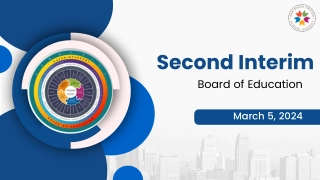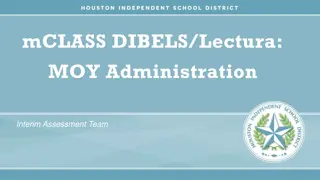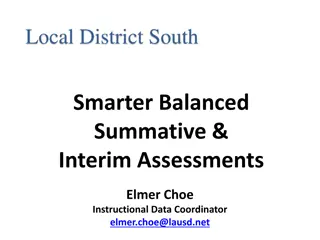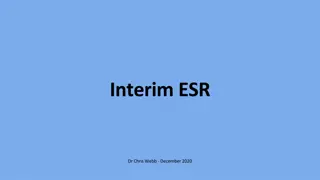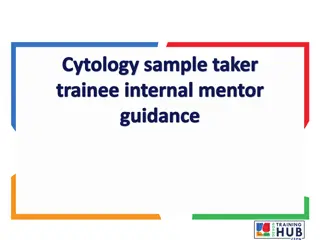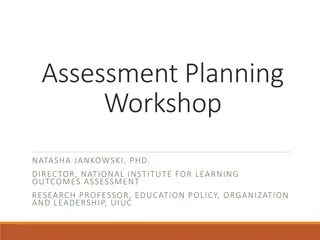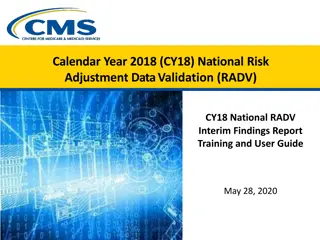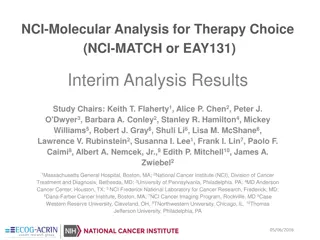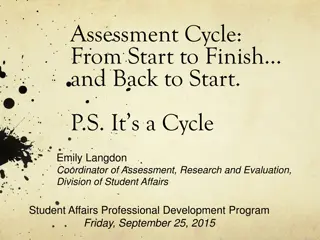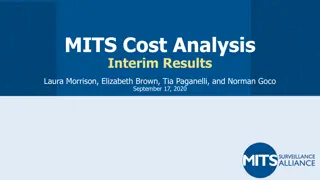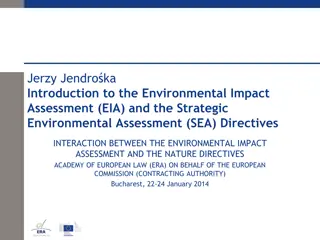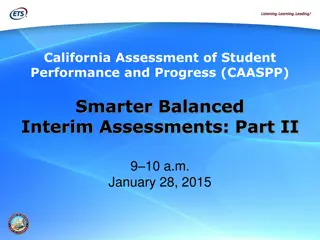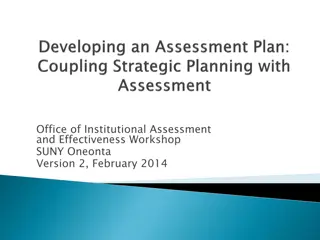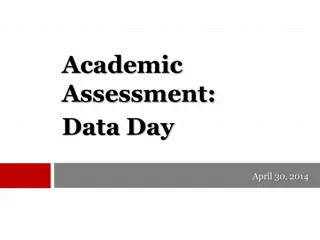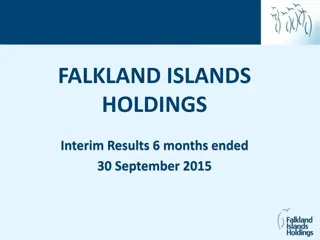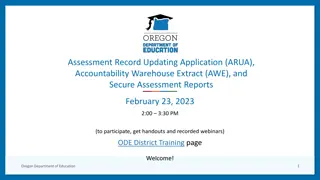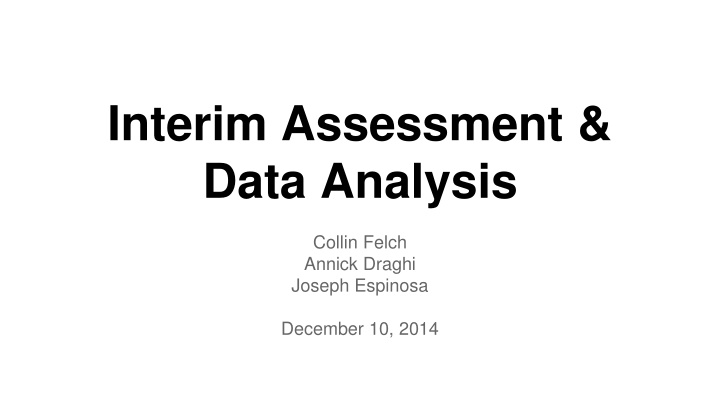
Data Analysis and Assessment Strategies for Educators
Explore effective interim and formative assessment techniques, analyzing student work, and aligning tasks with instructional goals in this comprehensive guide. Enhance your teaching methods and improve student outcomes with these insightful strategies.
Download Presentation

Please find below an Image/Link to download the presentation.
The content on the website is provided AS IS for your information and personal use only. It may not be sold, licensed, or shared on other websites without obtaining consent from the author. If you encounter any issues during the download, it is possible that the publisher has removed the file from their server.
You are allowed to download the files provided on this website for personal or commercial use, subject to the condition that they are used lawfully. All files are the property of their respective owners.
The content on the website is provided AS IS for your information and personal use only. It may not be sold, licensed, or shared on other websites without obtaining consent from the author.
E N D
Presentation Transcript
Interim Assessment & Data Analysis Collin Felch Annick Draghi Joseph Espinosa December 10, 2014
Gots and Wants Gots Wants What has your school already done? What does your school still need to do? What do you already know about the interim assessments? What do you still want/need to learn about the interim assessments?
Analyzing Student Work Protocol Video https://www.teachingchannel.org/videos/protoc ol-for-evaluating-lessons-equip#
Step 3: Analyze Individual Student Work Use the chart to guide the analysis of each individual student work sample. Use the guiding questions to facilitate the group discussion.
Step 4: Analyze the Collection of Student Work Analyze the whole collection of student work samples, synthesizing the information in each column of the table in the last step. Use the guiding questions to facilitate the group discussion.
Step 1: Analyze the Task Purpose: To develop a focused understanding of the task. Process: Using guiding questions analyze and record what precisely the task is asking students to know and do.
Step 2: Examine Instructional Context & CCSS Alignment of the Task Purpose: To look at the task in its instructional context. Process: To analyze the materials in lessons/unit that support the teaching and learning of the required skills and knowledge.
SBAC Interim Assessments Coming in January/February Computer-based (like the actual SBAC) Interim Comprehensive Assessments vs. Interim Assessment Blocks
Formative Assessment Cycle Support Using EQuIP Student Work Protocol PD Support and Follow-Up Offerings 1) Analysis of Interim Assessment Task(s) with EQuIP Student Work Protocol 2) Theory of Action for Instruction using a SMART Goal Template 3) Analysis of Individual & Classroom Level Student Work using EQuIP Student Work Protocol
Contact Collin Felch- collin.felch@lausd.net Joseph Espinosa jae0598@lausd.net

